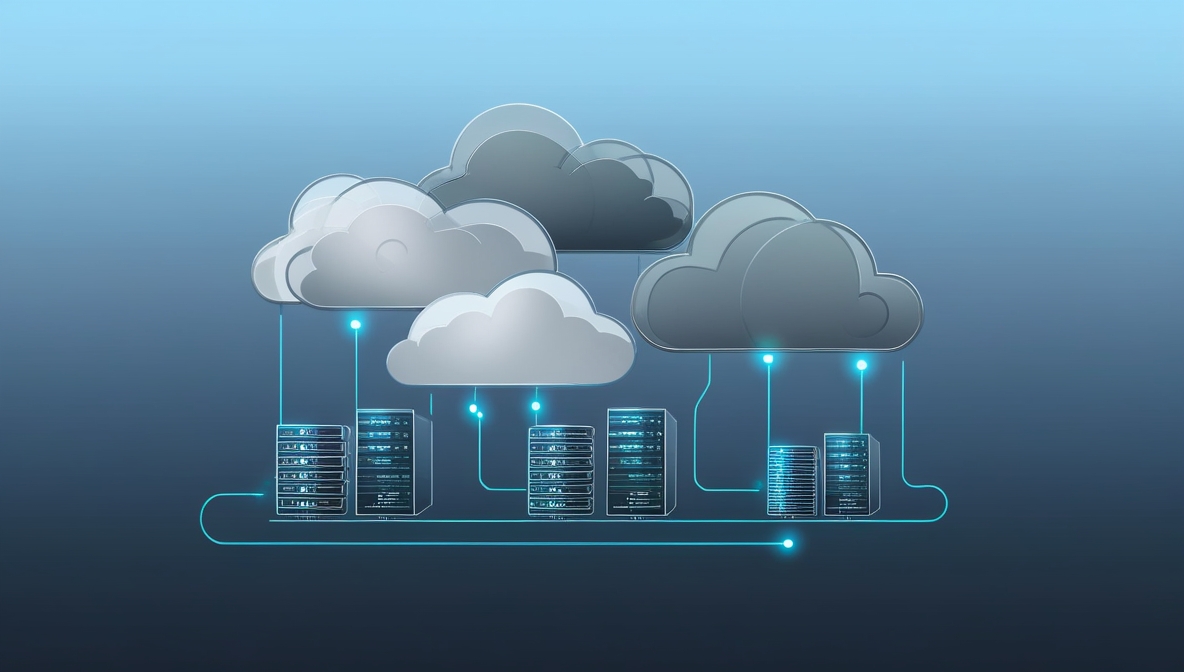
Cloud Strategy and Architecture Example: A Proven Model for Organizations
This cloud strategy and architecture example serves as a structured model for organizations looking to enhance security, interoperability, and compliance. It provides a roadmap for digital transformation, cloud standardization, and IT sovereignty, ensuring flexibility and vendor independence in modern cloud environments.




